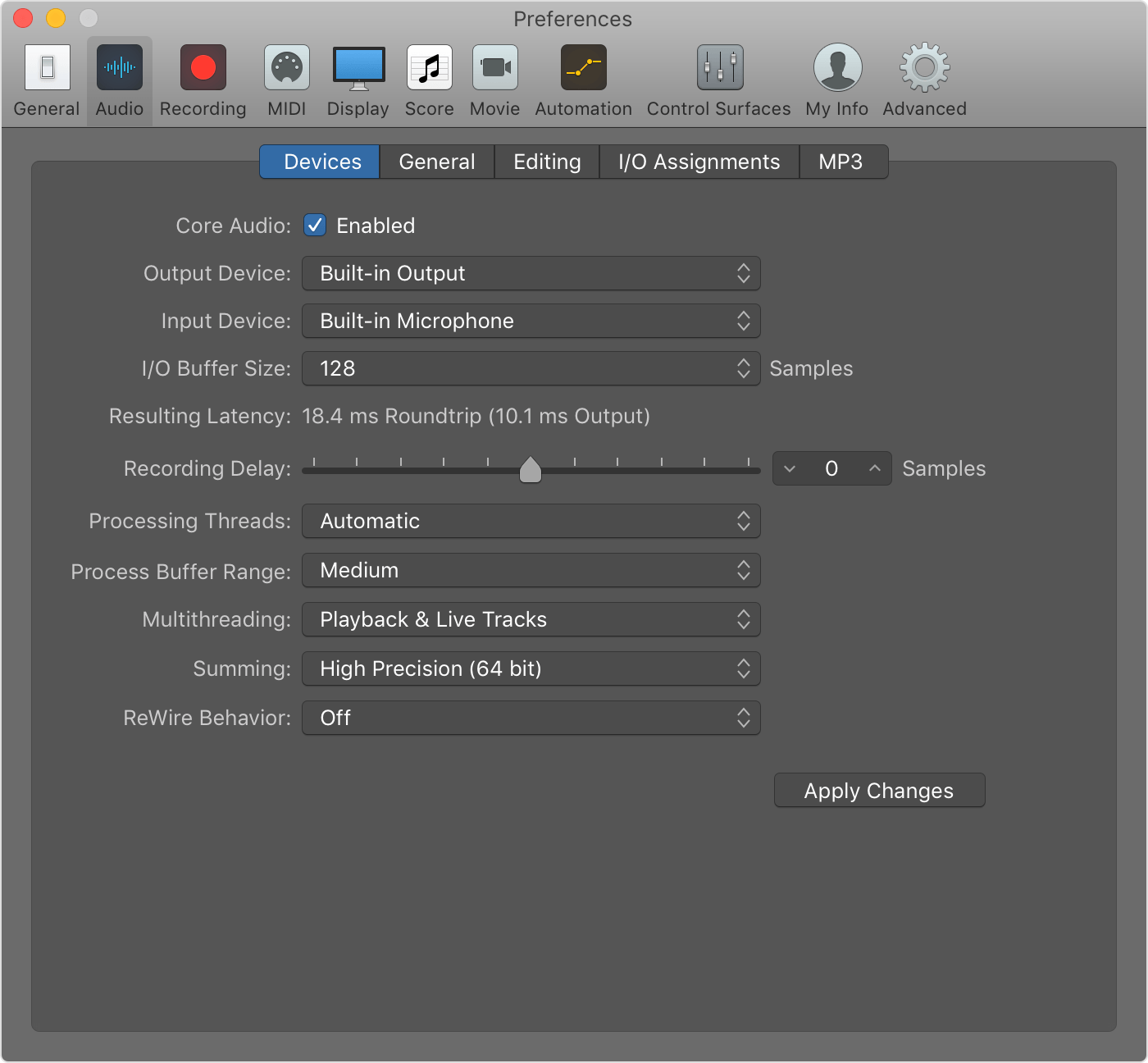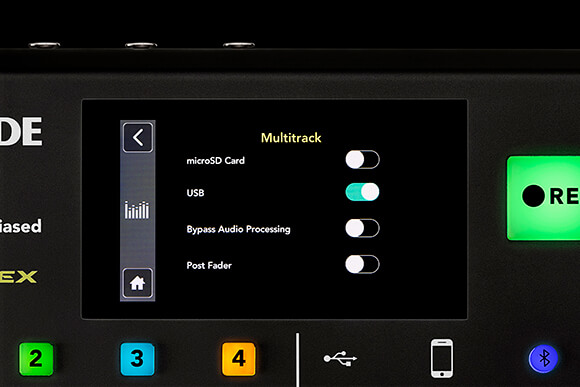
If you want to record the automation like I mentioned earlier either by using your mouse or an external controller you should first check that plug-in automation is ‘write enabled’ in the automation window. You may find switching between slip and grid modes useful depending on the material you are working with. Experiment with the pencil tool to add curves and the grabber tool for adding/editing individual breakpoints. Once you’re there, you are ready to draw in, or edit your recorded automation data. In order to display the control’s automation editing lane you can click the control whilst holding shortcut Command_Control (mac) Control_Start (windows), or select the relevant option in the track-view menu as below. Quick Tip: Use shortcut Command_= (mac) Control_= (windows) to toggle between Mix and Edit windows Alternatively, you could set the track’s automation to ‘write’ mode (or touch or latch) and play the track through whilst adjusting the controls in real-time. So now the control is ready to be automated we need to switch over to the edit window to draw the automation data.

There are two ways to enable automation, either open the plug-in automation dialogue window (see images below) or use my preferred technique – a shortcut of of course! Hold Command_Option_Control (mac) Control_Alt_Start (windows) and click on the control you want to automate (see below). In order to automate a plug-in’s controls you first need to enable the automation, at this stage it is worth pointing out that not all controls can be automated.

Talkbox is a plug-in that benefits greatly from a little automation so please try it out.

The vast majority of us use plug-ins instead of hardware when mixing, it would seem that the times they are a-changin’! Likewise, gone are the days when engineers would record the effects in real time – now you can automate the controls of a plug-in just like you automate a fader ride!įor this tutorial you can use the audio from the AIR Talkbox plug-in tutorial here.


 0 kommentar(er)
0 kommentar(er)
